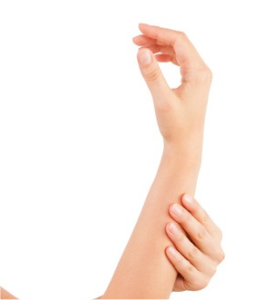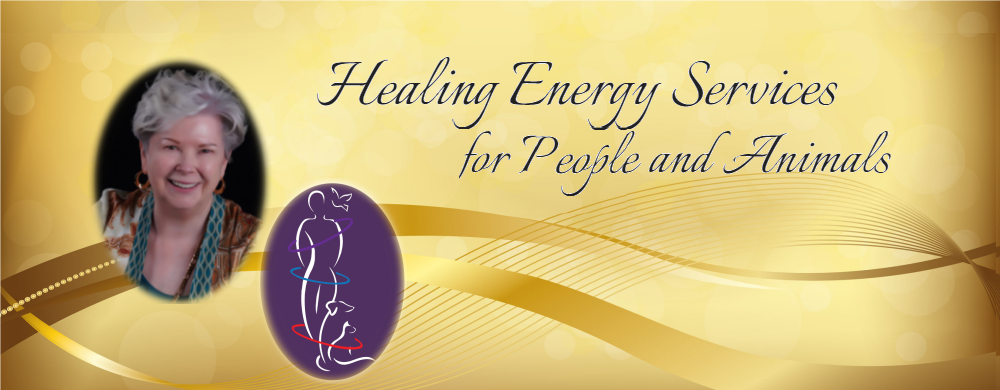Is Using a Pendulum Effective for Doing Spot Treatments?
 In my last article I talked about how the Pendulum Works as a Tool, in this article we’ll talk more about my student’s question of performing spot treatments…
In my last article I talked about how the Pendulum Works as a Tool, in this article we’ll talk more about my student’s question of performing spot treatments…
I have a student who asked about doing a spot treatment…
“My friend complained about a buzzing in his foot. The pendulum indicated compromise. I used Reiki on his foot. There was no change in the buzzing, though the pendulum indicated the energy opened. Was the session effective?”
Any area that you focus on with a preconceived idea of what you will see, “I think something is wrong with this area” gives information to the pendulum about what you want to see. If you only pre-assess a specific area, you do not know how that relates to the rest of the body. Using a pendulum on one small area to see if Reiki is needed implies that this area is the only area that needs or will benefit from Reiki.
A neutral assessment of the full body provides more information than a specific assessment. Even if your pendulum indicates the person has no areas of compromise, receiving Reiki is still a healing! Reiki is a whole being healing, always. A better system is to assess more areas on the full body, rather than just one small area. I often use a pendulum as a visual way to illustrate an energetic change to my client before treatment and after treatment for those things that cannot be immediately felt. However, this assessment is very limited. It does not assess the full gamut of physical, mental, spiritual or emotional changes.
Is a healing needed?
 Your friend assumed that the buzzing in his foot indicated a healing was needed. The body is an extraordinary, complex organism in which all components from cell to system are designed to work both independently and cooperatively for the greatest good of the person. Just because something feels different, doesn’t mean there is something wrong. The more we focus on our bodies and our individual twitches, buzzes, pains or discomfort, the more these phenomena manifest. Focus on health increases health; focus on pain increases pain.
Your friend assumed that the buzzing in his foot indicated a healing was needed. The body is an extraordinary, complex organism in which all components from cell to system are designed to work both independently and cooperatively for the greatest good of the person. Just because something feels different, doesn’t mean there is something wrong. The more we focus on our bodies and our individual twitches, buzzes, pains or discomfort, the more these phenomena manifest. Focus on health increases health; focus on pain increases pain.
We can support our bodies by allowing them to function as they are meant to function and stay out of the way. This is true both for the individual experiencing the sensation and for the Reiki practitioner. The buzz may indicate that the body is completing its own process of repair. The desire to eliminate the buzz is micromanaging the body’s ability to self-heal. Or the buzz may mean the person focused on a tiny feeling and increased that feeling through focus! By doing Reiki with the intent of eradicating the buzz, you made the assumption that the buzz needed to be eliminated. We don’t know this to be true. You also assumed you needed to direct Reiki. Reiki will do any healing that is needed.
What is your body saying?
Your friend is better served by being neutral about what he feels within his body, rather than judging something to be wrong. For example, after we eat a meal, we may feel discomfort in our stomach. This does not mean something is wrong; it means the body is doing its job of digestion. The body is such a miracle that even highly trained scientists cannot explain how it does all it does. Why would we presume to make a judgement that a buzz is bad?
When you accept your friend’s statement that something needs fixing, you make an assumption that may or may not be true. What is true is that your friend requested a healing. You can offer a full body Reiki treatment in response. Sometimes localized treatments are given in response to an emergency or due to time constraints, but the intent is always to allow Reiki to clear and balance the full body. When you give a treatment, what happens, happens. The buzzing may or may not be affected by the session. It doesn’t matter. The healing was given and received.
